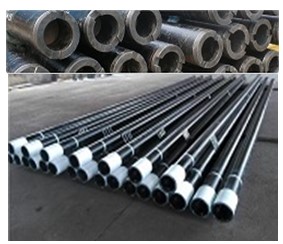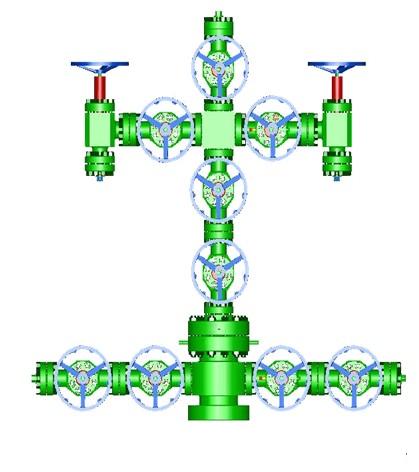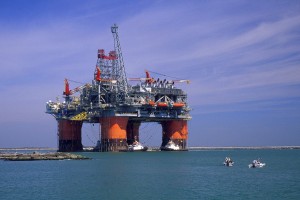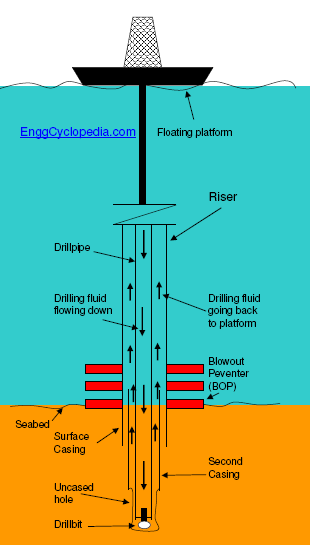Well tubing passes through the wellbore up to the reservoir and is responsible for transporting the reservoir fluids to surface. While selecting well tubing, the wellbore geometry, properties of reservoir fluids and production characteristics of the concerned reservoir have to be considered. Production tubing along with other completion components such as casing makes up the production string.
Production string is the primary conduit for conveying reservoir fluids to surface. The production string is typically consists of production tubing along with completion components in an assembly to suit the wellbore geometry and production method. An important function of the production string is to protect the primary wellbore tubulars, including the casing and liner, from corrosion or erosion by the reservoir fluid.
Table of content:
1. What is Well Tubing?
2. Installation of Well Tubing
What is Well Tubing?
Well tubing, also known as production tubing, is a type of specialised tubing used to transport fluids such as oil, natural gas, and water from the downhole reservoir to the surface production facilities. Production tubing, as opposed to casing, which provides structural integrity to the well, is specifically designed for fluid flow and serves as the primary pathway for hydrocarbons.
The primary function of production tubing is to optimise hydrocarbon flow, regulate production rates, and ensure efficient resource extraction from the reservoir. It is the last stage of the well completion process that has direct contact with the produced fluids.
To withstand the harsh downhole conditions, production tubing is typically made of high-strength steel or corrosion-resistant alloys. These materials are carefully chosen based on well depth, pressure, temperature, and the presence of corrosive substances.
Carbon steel, stainless steel and alloys such as chromium, nickel and molybdenum are common materials used in production tubing. These materials have excellent mechanical strength, corrosion resistance, and tolerance to the extreme temperatures found in the wellbore environment.
The material used is determined by the well conditions, such as corrosive formations, high-pressure reservoirs or elevated temperatures. Production tubing can withstand the harsh downhole environment and maintain the fluid transportation system's integrity by using appropriate materials.
Installation of Well Tubing
Following drilling and casing operations, production tubing is installed. Here's a high-level overview of the installation procedure:
- The wellbore is drilled and casing is installed to provide structural support and isolate the wellbore from surrounding formations.
- Once the casing has been installed, a cement sheath is typically applied to secure it and create a hydraulic seal.
- The production tubing is then inserted into the wellbore and suspended within the casing by means of a tubing hanger or packer system. This system secures the tubing to the casing and ensures a seal to prevent fluid leaks.
- The tubing hanger or packer is positioned within the well at a specific depth, allowing the production tubing to extend into the desired reservoir.
- At the surface, the tubing is connected to the wellhead, providing a surface connection point for fluid extraction and control.
By suspending the production tubing within the well casing, it is protected and aligned within the wellbore, ready to transport the produced fluids to surface production facilities efficiently.





